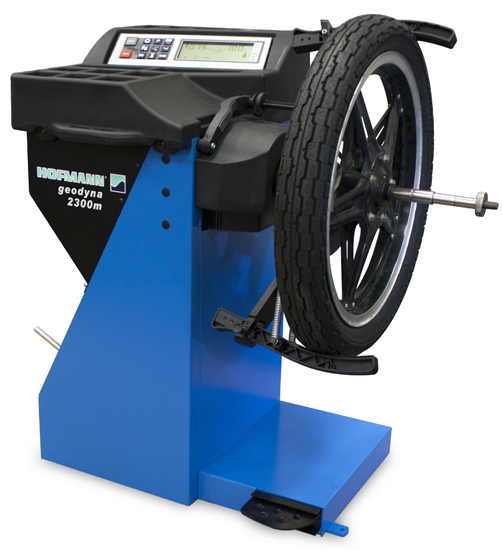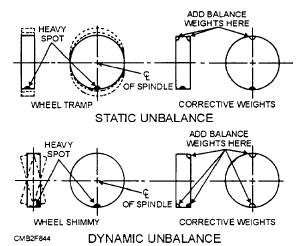That's a static balancer. This is a dynamic balancer:
It costs a lot more, which is one reason why we don't see them in aircraft shops. The other reason is the lack of understanding that dynamic balancing is the real answer.
Look a this:
The only way to dynamically balance a wheel is to spin it at some speed to determine where the imbalance lies. If the machine isn't spinning it, it's not a dynamic balancer.
This issue has been discussed here ad nauseum numerous times. Do a forum search on "dynamic nosewheel balance."

 I wiped those off...
I wiped those off...




